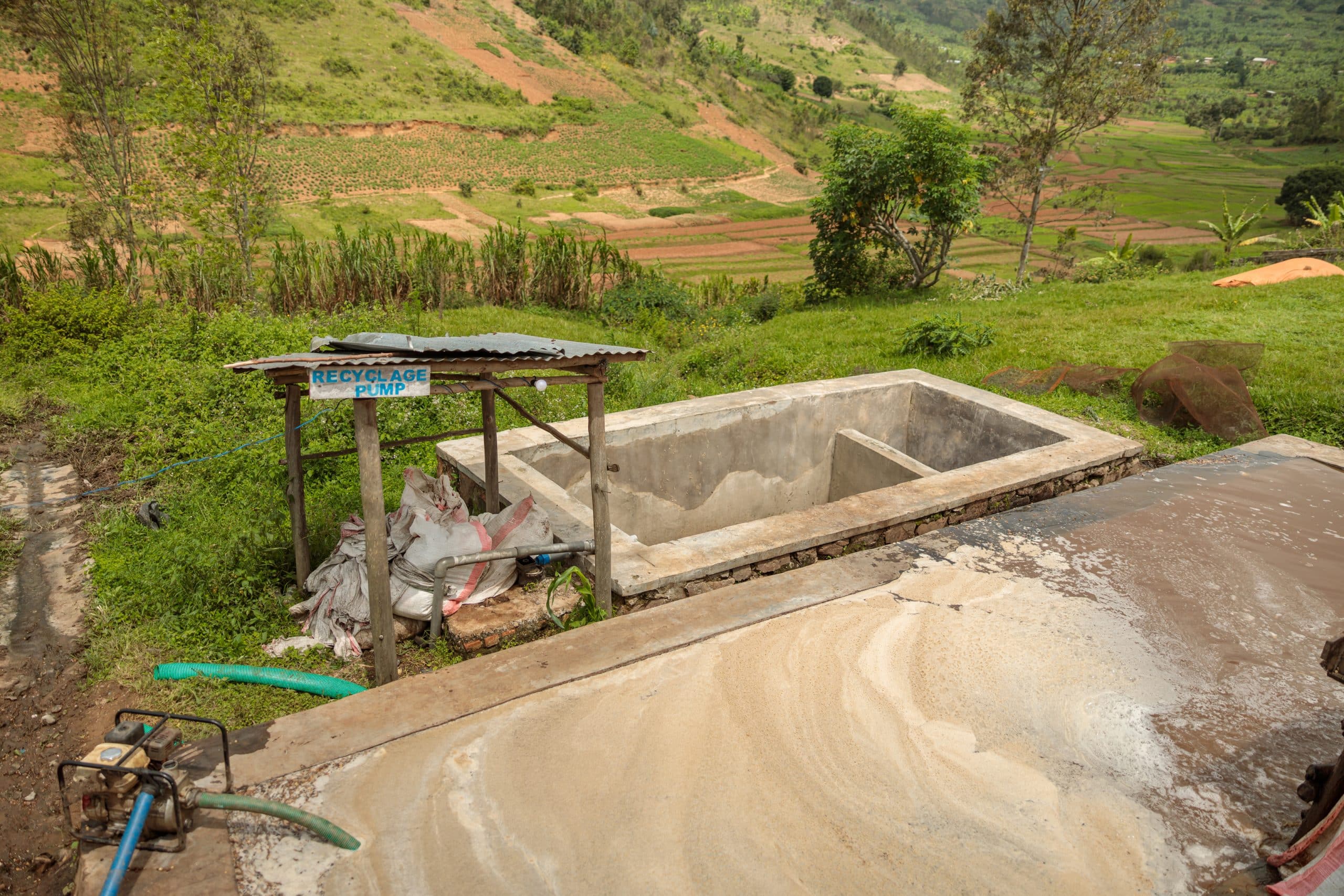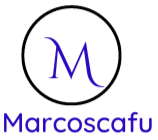How Can You Design a Kitchen Recycling Center to Streamline Waste Sorting and Storage?

The kitchen is the heart of any home. It’s a place where meals get cooked, where families gather to chat over a cup of coffee, and where memories are created. However, it’s also the place where most domestic waste is produced. As an eco-conscious citizen, you’re aware of the need to recycle. But perhaps, you’ve been grappling with the ideal way to handle waste sorting and storage in your kitchen.
In this article, we’ll dive deep into the concept of a kitchen recycling center and how you can design one to streamline your waste sorting and storage process. We’ll explore the essentials of a kitchen recycling center, the benefits of having one, the factors to consider when designing one, and practical steps to setting one up.
Avez-vous vu cela : How to Create a Multi-Functional Guest Room with a Convertible Desk-Bed Combo?
What is a Kitchen Recycling Center?
A kitchen recycling center can become an integral part of your home’s waste management strategy. It is a designated area in your kitchen where you sort and store recyclable materials before they are picked up by the municipal recycling service or taken to a recycling depot. This center can be a simple setup with basic bins or an elaborate system complete with color-coded containers and labels for different types of waste.
The Benefits of a Kitchen Recycling Center
A kitchen recycling center offers numerous benefits. First and foremost, it promotes environmental conservation by encouraging recycling. It reduces the amount of waste that ends up in landfills and helps conserve natural resources. Besides, a well-designed recycling center can make your kitchen tidier and more organized. It can keep recyclable materials out of sight until they’re ready to be disposed of, making your kitchen a more pleasant space to cook and dine in. Moreover, a recycling center can simplify your waste disposal routine and save you time.
A lire aussi : What’s the Most Efficient Layout for a Modular Home Office in a Converted Attic Space?
Factors to Consider when Designing a Kitchen Recycling Center
When designing a kitchen recycling center, there are several factors to take into account. First, consider the amount and types of waste your household produces. This will help you determine the number and size of bins you’ll need. Second, consider the space available in your kitchen. Your recycling center should fit seamlessly into the existing layout without disrupting your cooking flow or eating space. Third, consider ease of access. The recycling center should be easy to use for all household members, including children.
How to Set Up a Kitchen Recycling Center
Setting up a kitchen recycling center may seem like a daunting task, but broken down into manageable steps, it’s quite straightforward. The first step is to assess your kitchen space and decide where you’ll place the recycling center. Next, you’ll need to purchase or repurpose containers for your recyclables. These containers should be sturdy, easy to clean, and ideally color-coded or labeled for different types of waste. The next step involves setting up the center, arranging the containers, and possibly installing a system for containing odors if you plan to include compostables in your recycling center. Finally, inform and educate all household members on how to use the recycling center.
Maintaining Your Kitchen Recycling Center
Maintaining your kitchen recycling center is crucial to its success. Regular cleaning and emptying of the containers prevent unpleasant odors and pests. It’s also important to periodically reassess your recycling center to ensure it’s meeting your waste management needs. If your household starts producing more recyclable waste or if you move to a new home with a different kitchen layout, you may need to modify your recycling center to accommodate these changes.
Designing a kitchen recycling center to streamline waste sorting and storage is a practical and environmentally-friendly move. It’s a commitment to sustainable living and a gesture of respect towards our planet. With careful planning and regular maintenance, you can create a recycling center that’s not only efficient but also an aesthetic addition to your kitchen decor.
The Role of Design and Aesthetics in a Kitchen Recycling Center
The design and aesthetic of your kitchen recycling center play an important role in its adoption and continued use. The goal is to create a functional space that complements your kitchen decor and encourages regular, easy use.
Start by selecting containers that fit your kitchen’s color scheme or go for neutral containers that can blend with any decor. Transparent containers can be a great choice as they allow you to see when the bins are getting full. You also have the choice of integrating your recycling center into a cabinet or pantry to keep it hidden away when not in use.
Labels are another important design aspect. They should be clear, durable, and easily readable to help household members sort the waste correctly. Consider using color-coded labels that correspond to the types of recyclables — this can be particularly helpful for younger family members or guests who are not familiar with your system.
The placement of the recycling center is also essential. It should be located near the area where most of the waste is generated, typically near the kitchen counter or sink. This ensures that it’s easily accessible and convenient to use. Remember, if your recycling center is difficult to reach or use, it’s unlikely that it will be used consistently.
Finally, consider the lighting around your recycling center. A well-lit area encourages use and makes it easier to identify the correct bins for sorting waste.
Conclusion: Adopting a Sustainable Lifestyle with a Kitchen Recycling Center
In conclusion, a kitchen recycling center is a practical tool that helps streamline waste sorting and storage, promoting a sustainable lifestyle. By considering your household’s waste generation habits, available kitchen space, and the design aesthetics, you can create a recycling center that is not only functional but also complements your kitchen decor.
However, it’s important to remember that setting up a kitchen recycling center is only part of the journey towards a more sustainable lifestyle. Regular maintenance and periodic reassessments of your recycling needs are crucial to ensure its effectiveness.
Moreover, fostering a culture of recycling and waste reduction in your household is key. Involve all family members in the process, educate them about the importance of recycling, and show them how to use the recycling center properly.
Lastly, always stay informed about the latest recycling guidelines in your area as these can change over time. This will ensure that your recycling efforts are effective and that your recyclable materials can indeed be recycled. With a well-designed and well-maintained kitchen recycling center, you can significantly reduce your household waste, making a positive impact on the environment.
Remember, every small effort towards recycling counts. By designing a kitchen recycling center, you’re taking a significant step towards a more sustainable, environmentally-friendly lifestyle.
